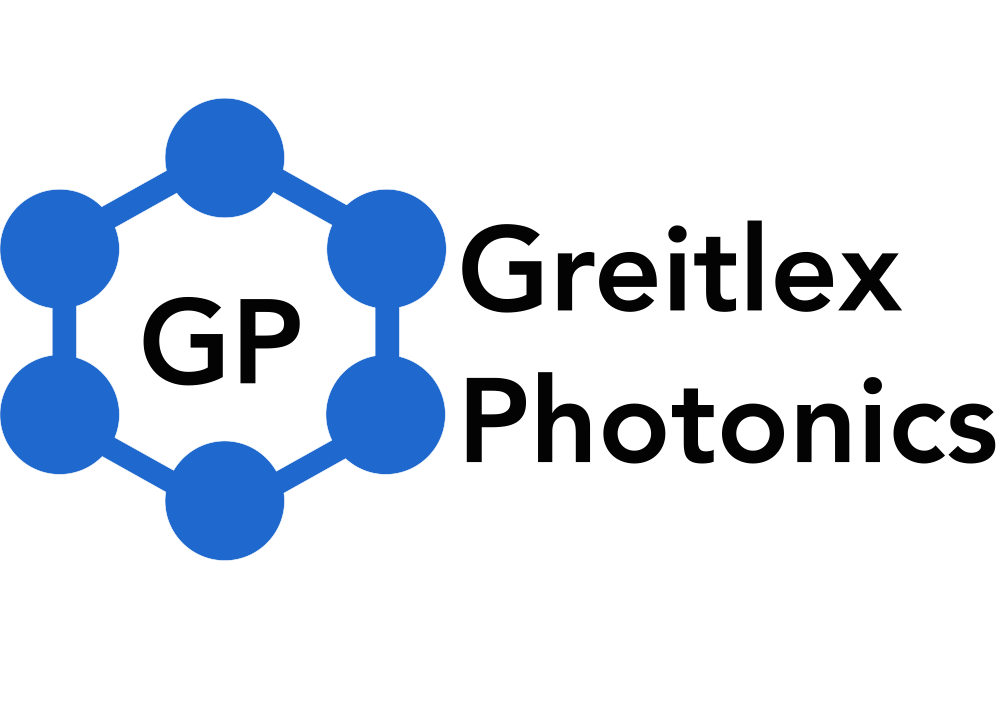Сlick to view harsh environment fibers
Bi-doped fibers module
Bi-doped fibers is a new optical material providing possibilities of broadband optical amplification in the near IR range where other active fibers doped with Rear Earth elements are inefficient. Variation of core glass composition allows one to obtain luminescence and gain associated with different Bismuth active centers (BAC-Al, BAC-P, BAC-Si, BAC-Ge) in several diapasons within the SiO2-based fibers transmission window in the range 1.1-1.8 um.
Each type of BACs have their own absorption, luminescence and gain spectra and require their own pump wavelength range. Typically, Bi-doped fibers can be pumped only in the fiber core but recently possibility of cladding pumping near 0.8 um is also under consideration.
Bi-doped fibers have SiO2 or GeO2-based core and a pure SiO2 cladding thus they can be easily spliced with standard silica-based fibers (SMF-28, Flexcore etc) using standard telecom fusion splicing machines.
There are several possible applications of such active fibers including:
1) Wideband and ultrabroadband fiber telecom systems with wavelength division multiplexing (including dense and course) where bismuth-doped fiber amplifiers (BDFA) help to increase fiber reach and capacity in several times;
2) Widely tunable lasers for various applications including spectroscopy, sensing, metrology etc;
3) Wideband and ultrawideband superfluorescent fiber sources for OCT, telecom etc.
4) Short and Ultrashort pulse fiber lasers in sub-ps, -ps and -ns ranges in diapason 1.1-1.8 um for variety of applications including spectroscopy, metrology, sensing etc.
Each type of BACs have their own absorption, luminescence and gain spectra and require their own pump wavelength range. Typically, Bi-doped fibers can be pumped only in the fiber core but recently possibility of cladding pumping near 0.8 um is also under consideration.
Bi-doped fibers have SiO2 or GeO2-based core and a pure SiO2 cladding thus they can be easily spliced with standard silica-based fibers (SMF-28, Flexcore etc) using standard telecom fusion splicing machines.
There are several possible applications of such active fibers including:
1) Wideband and ultrabroadband fiber telecom systems with wavelength division multiplexing (including dense and course) where bismuth-doped fiber amplifiers (BDFA) help to increase fiber reach and capacity in several times;
2) Widely tunable lasers for various applications including spectroscopy, sensing, metrology etc;
3) Wideband and ultrawideband superfluorescent fiber sources for OCT, telecom etc.
4) Short and Ultrashort pulse fiber lasers in sub-ps, -ps and -ns ranges in diapason 1.1-1.8 um for variety of applications including spectroscopy, metrology, sensing etc.


Ask a question
Just type your contacts and message
